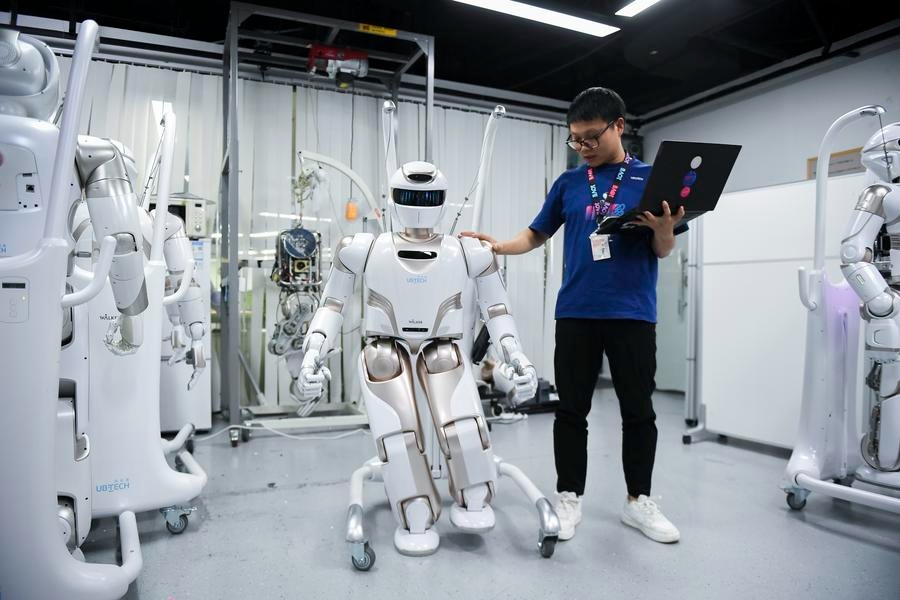Repurposed drug brings hope for children with deadly muscle disease: Aussie research

SYDNEY -- For children suffering from a deadly muscle disease having no known treatment or cure yet, a new Australian study provides them with renewed hope.
According to a press release from the Melbourne-based Monash University on Friday, the study led by Associate Professor Robert Bryson-Richardson and his colleagues from the School of Biological Sciences of the university was able to identify a damaged protein that contributes to the symptoms of the diseases, known as myofibrillar myopathies.
The most severe form of myofibrillar myopathy, caused by a mutation in the gene BAG3, starts to affect children at the age between six and eight. The disease is usually fatal before the age of 25 due to respiratory or cardiac failure.
The research shows nine out of 75 drugs trialled in zebrafish model were effective in removing the damaged protein. Among them, one drug called metformin which has been approved for human use for many years, has been identified as a strong candidate to treat BAG3 myofibrillar myopathy.
"We have identified metformin as a strong candidate to treat BAG3 myofibrillar myopathy, and also myofibrillar myopathy due to mutations in other genes (we showed similar defects in protein quality control in three other forms) and in cardiomyopathy due to mutations in BAG3," Bryson-Richardson said in the press release.
Besides, the repurposing of existing safe drugs like metformin is a faster and better way to treat a rare disease like myofibrillar myopathy because the scarcity of patients means it may not be possible to do clinical trials with novel drugs, according to Bryson-Richardson.
The drug has already been used on some children with myofibrillar myopathy and sees the progression of the disease has been slowed down which gives the families more time to find a cure, their parents said.
































